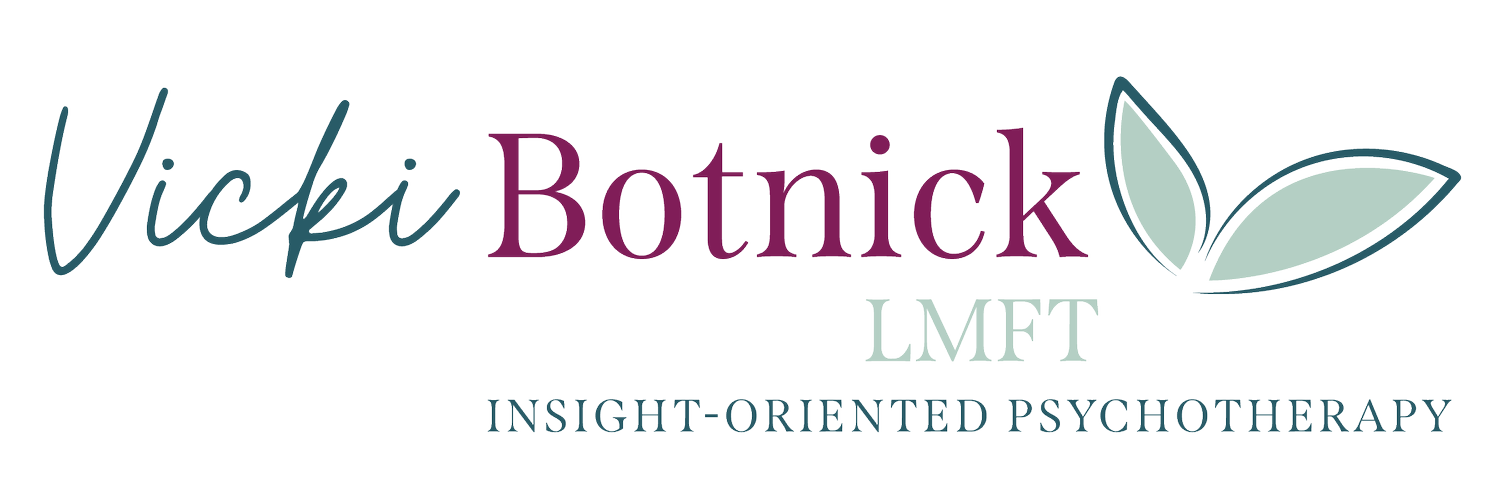Increasing Resiliency, or The Art of Trampolining
The concept of resiliency, or the ability to return to health after a stressor or hardship, has been popping up a lot lately in articles and studies about how to be happier. But although it sounds like a buzzword, resilience is more than just a trendy idea—it’s a key factor in how we cope with the world. Over and over in trauma studies, it’s been shown that people can not only recover from brutal circumstances, but thrive from them. It turns out that what matters is not how hard or how often we fall, but whether we’re willing to get back up.
The fall we’re recovering from can range from serious trauma such as war to everyday struggles like relationship breakups. And sometimes crises are like a trampoline: the farther down you fall, the higher you can bounce back up. In David B. Feldman and Lee Daniel Kravetz’s book Supersurvivors, the authors list people who have lived through ordeals, then gone on to extraordinary accomplishments, such as man who ran a triathlon within a year of being struck by a drunk driver and losing his leg.
Although it’s tempting to think only exceptional people have a talent for bouncing back, it’s actually within all of us. As humans, we have a natural tendency toward healing. Just as when we cut our finger, our body immediately sends platelets to clot the blood and white blood cells to fight infection, when we go through a traumatic experience, the brain immediately begins to look for ways to make sense of it and feel better. We don’t have to be “super” survivors to be good at growing from struggle. We can just tune in to our own innate predisposition for well-being, and cultivate it.
So how do we become more resilient? There are a few key conditions that help this strength grow. The first is faith. To be able to withstand something bad happening and not feel devastated and frozen by it, we have to believe in something positive. Sometimes this faith is religious, but it doesn’t have to be. My brilliant mentor talks about feeling a confidence in “a friendly future,” or a general optimistic belief that things will work out.
Feldman and Kravetz don’t adhere to the idea of optimism, which they state is not always helpful after a crisis in which it’s obvious that things won’t simply work out well. Instead, they assert the concept of “grounded hope,” which combines positivity with realism. We don’t just wake up from overwhelming loss and sprinkle sunshine on it, Pollyanna-style. Instead we can gradually learn to accept that bad things happen, come to terms with the unfairness of life, and THEN move forward, often with new skills such as better coping techniques, more frustration tolerance, and increased compassion for other people in tough circumstances.
It turns out that the majority of trauma survivors recover and recuperate. I’ve heard from clients who were abused for years; conscripted into cults; or lost not just their spouses but also their children in wars. Despite the horrors they have endured, struggles I look at and wonder if I could live through, most of them pick themselves back up. They start new families, find things to laugh about. And many of them say the same thing: “What other choice do I have?” They somehow found the strength and faith to continue forward movement, instead of giving in permanently to grief.
Another condition of resiliency is to combine thinking about it with not thinking about it. To progress from something takes both leaning in and feeling the difficult feelings from it, as well as leaning away and distracting from it. I call it “touch and release.” When anxiety or sadness or overwhelm come up, we spend a little time “touching” them, or acknowledging and experiencing them, despite how painful this can be. Then we let them go, momentarily, by focusing on things that are more pleasant or calming. What we choose to distract ourselves with can be sensory, such as a warm bath or massage, or it can be active, such as a walk in the park or a workout. It can be large (a trip to Australia) or small (Jamoca Almond Fudge). The important thing is to find what soothes you, and practice it regularly.
A final important factor is relationships. Over and over, in research and in life experience, it has been proven that human connectedness is what promotes healing. Isolating ourselves, a common urge when we’re feeling lousy, and not talking things out, is a quick path toward fear and pain.
Connection works best if it goes both ways—we take support from friends and family, then we give back to our community. Find activities that increase your feeling of being meaningful in the world, and help you stay attached to the larger world. Volunteer activities, reaching out to others who are struggling in support groups, and nonprofit work make us feel useful. In addition, they perform the sweet alchemy of turning sadness into empathy—I understand your pain, because I’ve felt mine so acutely.
So go ahead, fall off the bike. You don’t have to learn a great lesson from it, and you don’t have to use your experience to become the greatest bike rider who ever lived. Sometimes it’s enough to just get back on the bike, and pedal onward.
If you’re ready to find support with therapy, schedule a free consultation here.
